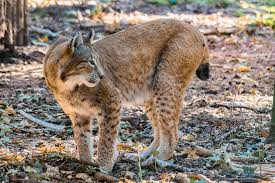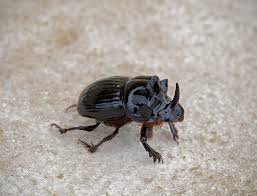Extinct British Wildlife
Damage to the environment is a hot topic. Over population and over exploitation of resources is changing the world we inhabit and threatening the future of our planet. In the UK the focus is not on our wildlife but on humans. Only recently was there a flurry of anger about the deforestation in The Amazon, but this was largely politically motivated.
The UK has a terrible track record for protecting its natural environment and wildlife. The UK does have National Parks but they harbour only a fraction of the wildlife that used to be resident. Much of the UK’s native wildlife has gone for ever and great swathes of woodland have been cleared.
EXTINCT BRITISH WILDLIFE
Aurocks – extinct about 3500 years ago
Apple bumblebee – extinct since 1864
Lynx – extinct for over 1550 years
Wolf – extinct since 1760
Elk – extinct for over 11000 year
Brown Bear – extinct for about 1000 years
Bison – extinct since the last ice-age
Grey whale – extinct since 1610
Large copper butterfly – extinct since 1634
Dalmatian pelican – extinct for 2000 years
European Pond terrapin – extinct for 8000 years
Beetles – many including the horned dung beetle – extinct since 1974
White Stork – extinct for 600 years
Common Tree frog – extinct since the 1980’s
It’s too late for many of these species.
Numerous European countries still have some of the above and other native species roaming their wild habitats – wolves, Brown bears, wolverines, Polar bears, Elk, Lynx, White Stork. Not so in the UK, where more species are threatened with extinction including hedgehogs, natterjack toads and turtle doves.
The UK professes to be a nation of animal lovers…. really?
Further afield, countries like Kenya, Tanzania and Zambia provide much better protection of their wildlife and natural habitats. Tourism revenue provides the justification for large tracts of land to be designated National Reserves for the protection of wildlife, but with increasing human/animal conflict, wars and political retribution, one has to ask for how much longer?
Globally 28,000 species are threatened with extinction according to the IUCN Red List. This includes 25% of all mammals. In Africa the lion remains listed as globally vulnerable and a recent study indicates that only 7,000 cheetahs remain in the wild. Other critically endangered species include Ethiopian wolves, rhino and leopards.
The sustainability of lions, leopards, cheetahs, tigers, elephants, giraffes, rhino, wildebeest, Wild dogs, hyenas, wolves, polar bears and many more wild species is dependent on protecting their natural environment. Their future also depends on being protected from poaching. Revenue from safaris plays an important role in both these objectives. But not all tourism should be welcomed. Over commercialisation and greed have grave consequences for the long term survival of species and the environment.
The clock is definitely ticking if you want to see wildlife in their natural environment.
Naturalist and conservationist Stephen Mills invites you to join him on an authentic bush Safari to Kafue National Park in Zambia 20 September – 1 October 2020. It will be an intimate safari for four guests. You’ll observe wildlife and animal behaviour from dawn to dusk and stay in two seasonal bush camps that are well off the beaten track. Bush walks and a river cruise will be part of your wild adventure.
Wildlife in Kafue National Park is bountiful, for the time being.
The Masai Mara in Kenya is part of the great Serengeti ecosystem that still supports huge populations of predators and prey. It is best known for its Big Cats – lions, cheetahs and leopards. Big Cat Diary’s Maasai presenter Jackson Looseyia is hosting an Exclusive Safari in The Masai Mara, Kenya 11 – 18 January 2020.
The Masai Mara National Reserve is bordered by privately managed conservancies but also cattle farmers who are desperate for grazing land. The immediate future of the Reserve and its wild animal populations is secure but illegal poaching and encroachment of Reserve land is a challenge for the Kenyan Wildlife Service and the long term survival of its wildlife.












